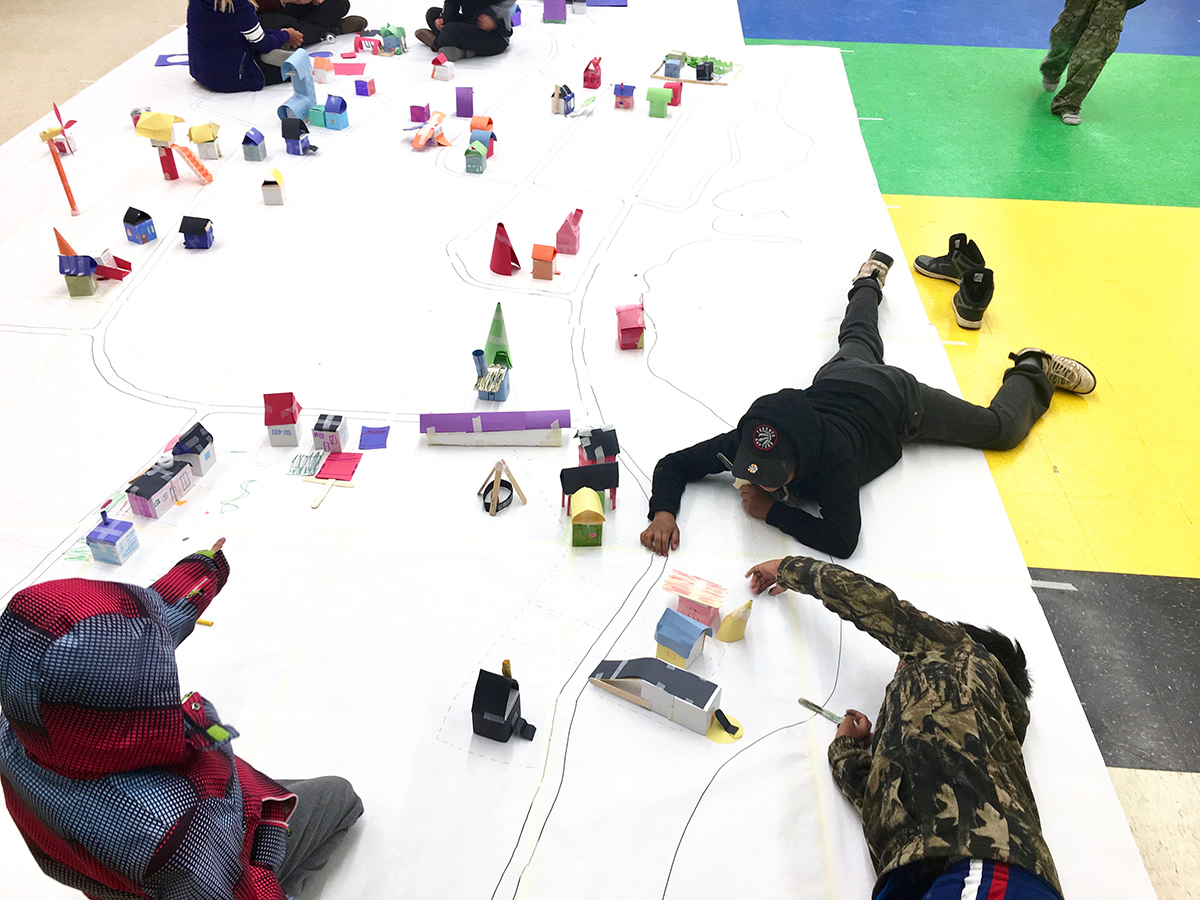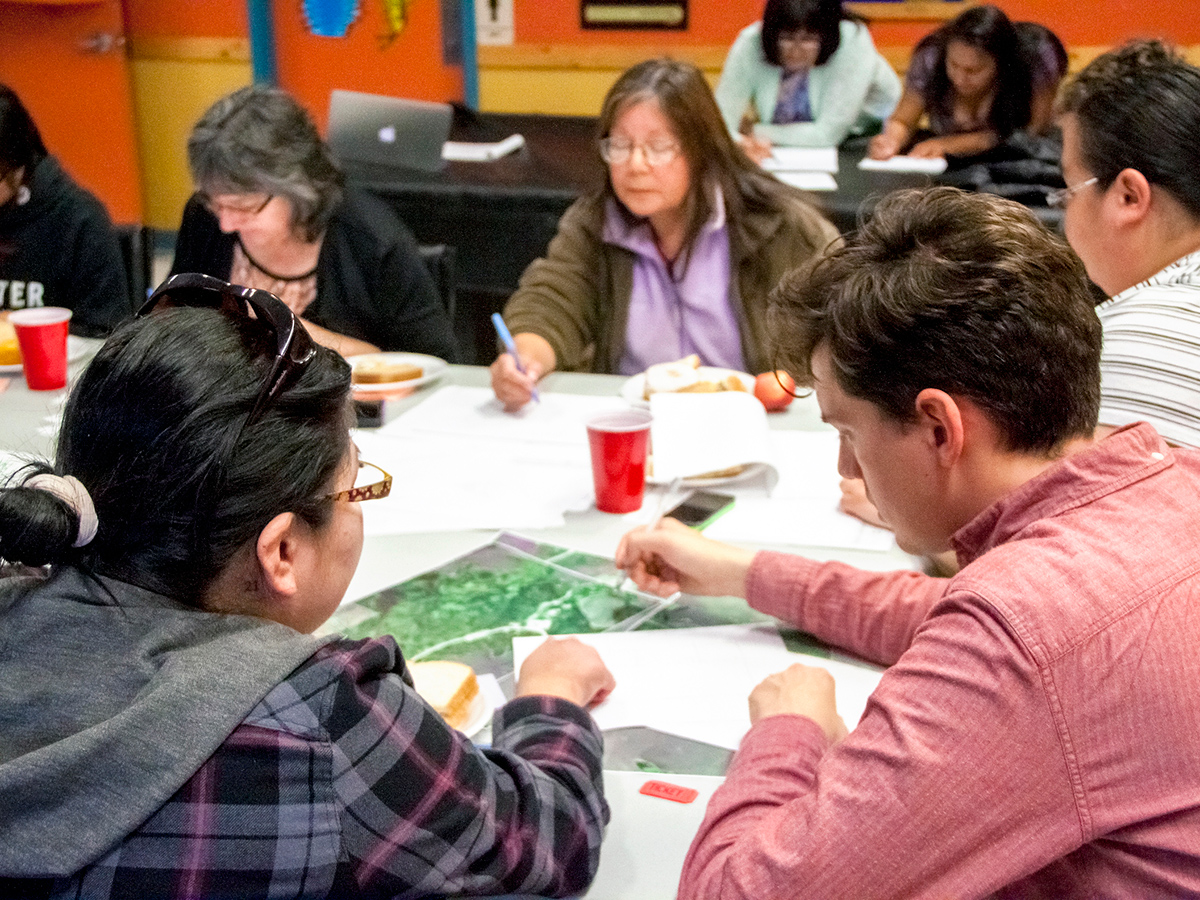Designing homes together

Photos: Together Design Lab – consultations with partner First Nations communities.
A Ryerson professor and her team are spearheading collaboration efforts with several First Nations to create housing that is based on the community's needs and takes into consideration factors like cultural practices and desired family groupings.
Shelagh McCartney, an architect and a professor at Ryerson's School of Urban and Regional Planning and lead researcher of Ryerson's Together Design Lab, partnered with First Nations in Northern Ontario to conduct extensive community consultations resulting in new designs and strategies for housing.
Professor McCartney believes that the design process and consultation should be integrated so that designers seek to thoroughly understand the needs of the residents. When the Together Design Lab team conducts community engagement, they aim to tap input from everyone involved, young and old, by finding a variety of ways to solicit opinions instead of just relying on one big public meeting. The team has designed tools and processes to create a consultation process that is fully inclusive.
In partnership with the Together Design Lab, a needs assessment and governance structure project has been completed with Nibinamik First Nation, Eabametoong First Nation is building homes this coming summer, and Nishnawbe Aski Nation is developing a housing strategy.
Professor McCartney has seen how the conversation changes when people realize their feedback actually matters to the design process.
"What we're doing here is just really good design, the way I learned how to engage clients in the design process from my professors and mentors. Not engaging clients meaningfully removes their agency," she said. "In the past, communities were not consulted on the types of homes they would be living in, as they were developed centrally by government agencies; and in recent times, money is not allocated to the design process, nor is the funding enough to build completed homes."

These efforts seek to address previous flaws in the housing provided for residents on reserves by the government, designs that were based on suburban Canadian culture and ignored traditional First Nations' family structures and culture. Problems have extended beyond physical issues with the homes, and in some places, they have created social issues.
"Suburban homes were exported up to the north, homes were arranged in grids to assimilate people into the Canadian [public] because reserves were meant to be temporary," she said. "The design of homes broke social structures of families and essentially broke culture."
The answer is definitely not to develop a single-unit prototype that could be used across First Nations. Professor McCartney noted that different nations have different family groupings and traditions. Instead, she said design should be flexible and allow for different demographic structures, including multigenerational households, and be responsive to feedback from respective communities.
The Together Design Lab team also gathers research and data about the communities it works in, publishing articles and developing robust datasets, with the goal of helping to shift government policies around the design of on-reserve housing through that work. The data gathered is co-managed with First Nations community partners and is now being shared with the federal government departments responsible for housing.
Funding for some of these projects is provided by the Social Sciences and Humanities Research Council of Canada, Indigenous Services Canada, and the Canada Mortgage and Housing Corporation.